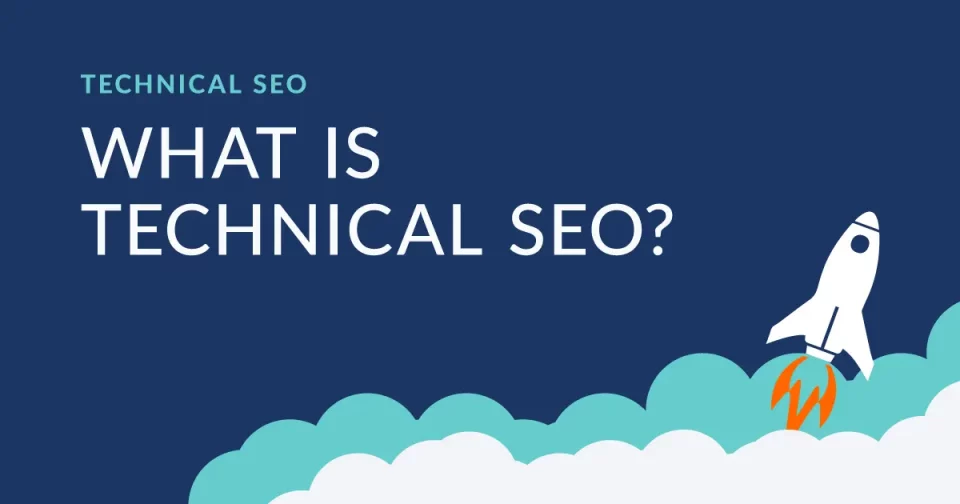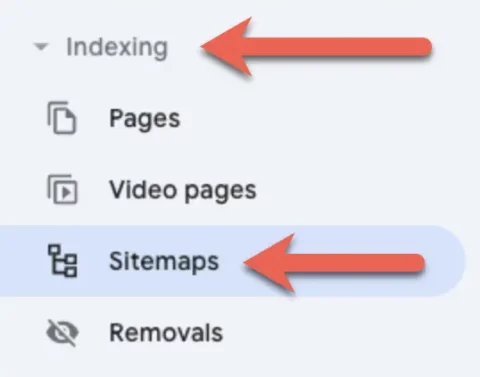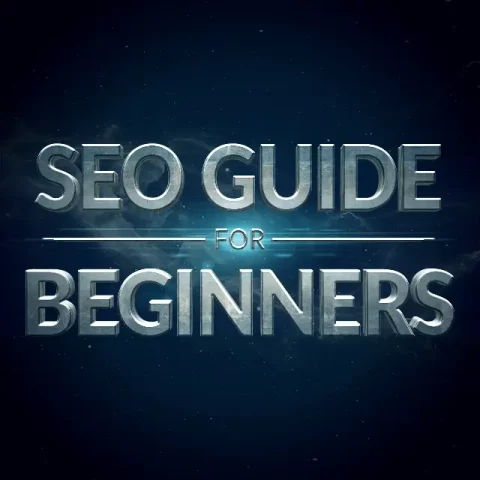
In a nutshell, technical SEO is the process of optimizing the technical aspects of a website—such as its structure, speed, and security—to enhance its visibility and ranking in search engine results. By focusing on technical SEO essentials, you create a strong foundation that improves user experience and search performance, making your site more accessible to both search engines and users. Mastering technical SEO is key for any website aiming for higher rankings and increased traffic in the competitive online world.
Of course, you can always partner with a technical seo agency like Authority Pilot that specializes in ensuring your website meets the rigorous requirements of search engines for better indexing and higher rankings. But for the purpose of this article, we’ll cover the core principles and effective strategies for enhancing your website through technical SEO optimization.
Let’s dive in.
Why is Technical SEO important?
Technical SEO plays a pivotal role in ensuring search engines can easily access, crawl, and index your web pages. Optimization leads to improved visibility, higher rankings, and, ultimately, increased traffic.
When search engines can’t access pages on your website, those pages might as well be invisible, regardless of the quality of their content.
Such inaccessibility can lead to decreased website traffic and, consequently, a reduction in potential business revenue. Moreover, website speed and mobile friendliness are confirmed ranking factors in search ranking.
Slow-loading pages can frustrate users, prompting them to exit your site prematurely. Search engines interpret such user behavior as an indicator of a subpar user experience, which could negatively impact your site’s ranking.
To better understand Technical SEO, it’s useful to know what crawling and indexing are and how they work.
Crawling
Crawling is a fundamental process through which search engines, using their automated robots known as crawlers or spiders, navigate the web. These digital explorers meticulously scan through websites – page by page, link by link – gathering information about each page they visit. This process allows search engines to discover new content and updates.
Indexing
Indexing follows crawling, where search engines catalog the information collected by crawlers into an extensive database, or index. This index serves as the internet’s organized catalog, enabling search engines to swiftly pull up relevant pages for user queries. Essentially, indexing sorts and ranks web pages, making the vast amount of information on the internet easily accessible and searchable.
We’ve discussed methods to guarantee your site is indexable here.
SEO-Friendly Site Structure
Site architecture, or site structure, refers to how pages within your website are interconnected. A well-planned site structure arranges pages in a manner that enables search engine crawlers to locate your content swiftly and effortlessly. Therefore, it’s advisable to design your site such that all pages are readily accessible, just a few clicks from your homepage.

In the above example, pages are methodically organized in a clear hierarchy. From the homepage, links lead to various category pages, which in turn connect to specific subpages.
Such an arrangement minimizes the occurrence of orphan pages—those without any internal links directing to them, making them difficult (or impossible) for both crawlers and users to discover.
Sitemap Submission on Google
Submitting your sitemap to Google provides a comprehensive map of your website. This crucial step ensures that Google’s crawlers have a clear guide to navigate the various pages on your site, enhancing their ability to index your content more efficiently. By meticulously outlining the structure of your website through a sitemap, you pave the way for improved visibility in search results, inviting more visitors to discover what your site has to offer. For more information on how to submit your sitemap to Google, visit this link.
Leveraging an XML sitemap can assist Google in locating your web pages. This file, an inventory of your site’s critical pages, communicates to search engines the existence and locations of these pages, guiding them through your site’s structure for better indexing and visibility.
Sitemaps are usually found at yoursite.com/sitemap.xml or yoursite.com/sitemap_index.xml. After you locate your your sitemap, you can submit it using Google Search Console (GSC). From the GSC left sidbar, click “Indexing” > “Sitemaps“, type in your sitemap URL and click “Submit.”

If you’re just beginning with Google Search Console, we’ve provided some setup guidance here.
Foundational Elements of Technical SEO
Technical SEO encompasses a broad range of practices designed to optimize your website’s infrastructure. These practices are crucial for search engines to correctly crawl, index, and render your site, thereby determining how your pages rank. Below are some of the key components and advanced strategies of technical SEO, which collectively contribute to a website’s success.
- Website Speed and Performance. A slow-loading website can significantly harm user experience and search rankings. Techniques to improve site speed include optimizing images, leveraging browser caching, and minimizing CSS and JavaScript.
- Mobile-Friendliness. With mobile devices driving a significant portion of internet traffic, having a responsive website that adapts to various screen sizes is indispensable. This not only caters to user preference but is also a ranking factor for search engines.
- Secure and Accessible Website. Implementing HTTPS ensures a secure connection, protecting both users’ data and your website’s integrity. Additionally, an XML sitemap and a properly configured robots.txt file aid search engines in efficiently crawling your site.
- Structured URLs and Intuitive Navigation. Clear, descriptive URLs and a logical navigation structure not only enhance user experience but also guide search engines through your site’s content, making it easier to index and rank.
Advanced Technical SEO Strategies
- Structured Data Markup. Using schema.org markup can significantly boost your website’s visibility in search results by enabling rich snippets, thereby improving click-through rates.
- International SEO. For businesses targeting audiences in multiple countries or languages, implementing hreflang tags and international targeting strategies is critical for delivering the right content to the right audience.
- Optimizing Site Crawlability. Ensuring that search engines can easily access and index your content is foundational. This involves optimizing the robots.txt file and addressing duplicate content issues to prevent search engine confusion.
Challenges and Measurement of Success
Technical SEO is a dynamic field, requiring constant adaptation to the latest algorithm updates and best practices. Balancing technical optimizations with high-quality content is an ongoing challenge. However, the success of your technical SEO efforts can be measured through tools like Google Analytics and Google Search Console, which provide insights into your site’s performance and user engagement.
Conclusion
Investing in technical SEO is vital for any digital marketing strategy aiming for long-term success. By addressing the technical aspects of your website, you lay a robust foundation for your content to thrive and your online presence to grow. Companies like Authority Pilot exemplify how integrating comprehensive SEO services, including technical SEO services, can elevate your website’s performance, ensuring it not only reaches but resonates with your target audience.















